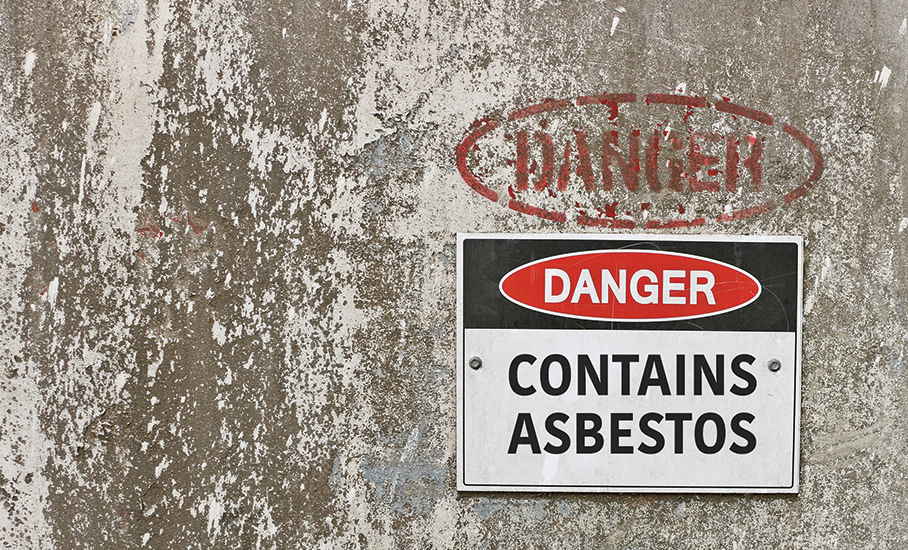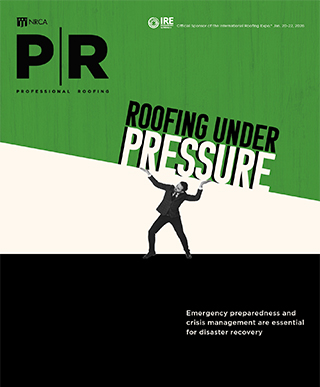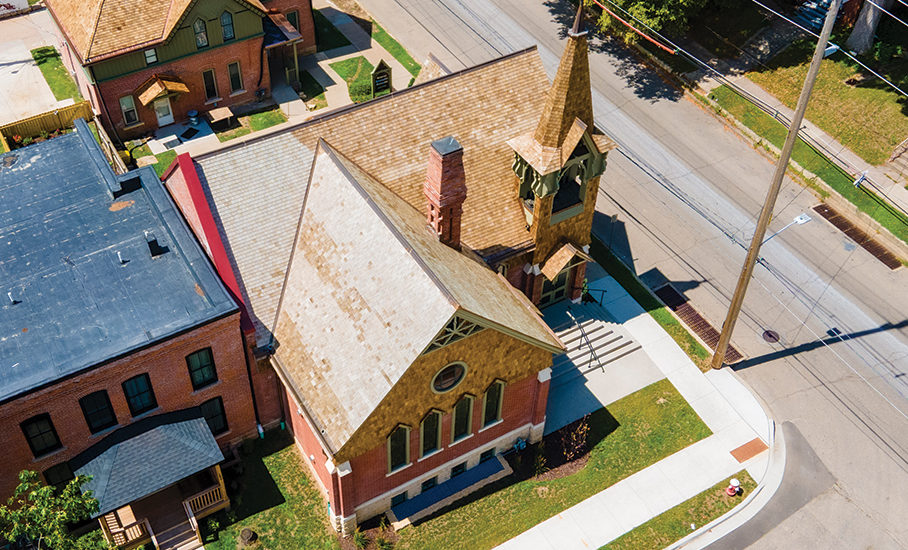
Asbestos may be viewed as a problem of the past, but for roofing contractors, it remains part of the present. Many older structures contain asbestos in roofing felts, flashings, mastics, adhesives and cement products. Anytime roofing workers step onto a reroofing, repair or demolition job, the risk of encountering asbestos-containing material is real, and the rules around it are changing.
Asbestos ban
In 2024, the Environmental Protection Agency issued a sweeping ban on chrysotile asbestos, the last form of asbestos still legally imported and used in the U.S. Until then, asbestos was only partially banned for many years. The full ban is a landmark regulatory action under the Toxic Substances Control Act. Although most roofing products haven’t contained new asbestos for decades, the ban was seen as a final step toward “closing the book” on the dangerous mineral. It also reinforced what roofing workers already practice: When asbestos is discovered on a job, it must be handled, abated and disposed of in accordance with strict safety standards.
But earlier this year, legal challenges and a recent decision by the U.S. Court of Appeals for the Fifth Circuit have paused the ban; industry groups argue the EPA exceeded its statutory authority under the Toxic Substances Control Act by imposing a ban rather than relying on a risk-based approach, which considers workplace exposure limits and other risk management measures.
EPA indicated it might reconsider parts of the ban, opening up the possibility of revised timelines or exemptions. But in July, the agency announced it would defend the 2024 ban instead of rewriting it and requested the court hold the litigation in abeyance for six months to allow EPA to undertake a new rulemaking process. With a formal review—including public comment and stakeholder engagement—the process could take more than two years. For roofing contractors, this means the ban technically remains in effect but its long-term future stays uncertain.
Whether EPA ultimately maintains, adjusts or loosens the ban, the best course of action is to safeguard crews and clients with solid asbestos practices
Stay alert
On job sites, roofing contractors should continue to assume older roofs may contain asbestos, remaining alert to the potential presence of asbestos in imported materials, adhering to proper inspection and sampling procedures, and ensuring trained abatement experts manage any removal. Maintaining detailed records, conducting air monitoring and documenting disposal are essential, especially with high regulatory scrutiny and industry oversight.
Whether EPA ultimately maintains, adjusts or loosens the ban, the best course of action is to safeguard crews and clients with solid asbestos practices and stay flexible in case compliance requirements or deadlines shift.
Although EPA regulations are changing, Occupational Safety and Health Administration standards and state and local rules remain enforceable. Roofing contractors should adhere to the strictest relevant standards in their areas and be prepared to provide regulators with detailed records about how asbestos was identified, handled and disposed.

Compliance checklist
EPA
✓ Follow the 2024 asbestos ban as if fully in effect.
✓ Stay alert for updates during EPA’s ongoing review.
✓ Maintain disposal documentation. Asbestos-containing roofing waste must be handled as hazardous material.
OSHA 29 CFR 1926.1101
✓ Conduct exposure assessments when asbestos is suspected.
✓ Provide proper respiratory protection, personal protective equipment and hygiene facilities.
✓ Ensure only trained and certified workers handle asbestos removal.
✓ Keep training, air monitoring and medical surveillance records up to date.
State and local requirements
✓ Verify whether your state or local jurisdiction requires asbestos-control programs, licensing or training that exceed federal requirements (for example, California, Michigan and New York).
✓ Check with local building departments and health agencies for required notifications before disturbing asbestos-containing materials.
✓ Confirm the disposal site is approved to accept asbestos waste by checking with county or regional landfills before transport.
Visit nrca.net for asbestos-containing roofing materials resources or contact Adrianne D. Anglin, CSP, NRCA’s director of safety and risk management, at aanglin@nrca.net or Rich Trewyn, NRCA’s director of risk education and training, at rtrewyn@nrca.net for additional information.

CHERYL AMBROSE, CHST, OHST
Vice president of enterprise risk management
NRCA



